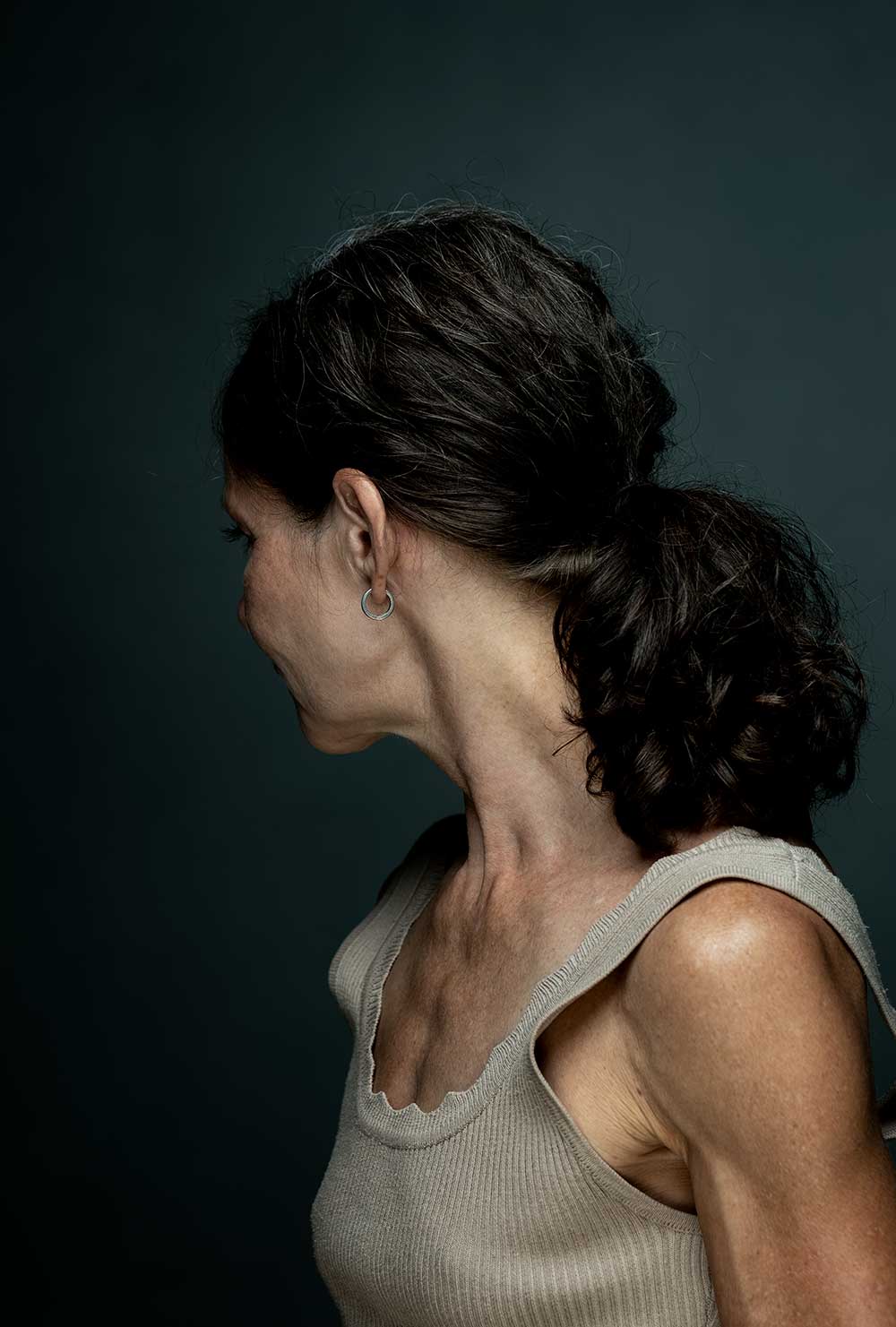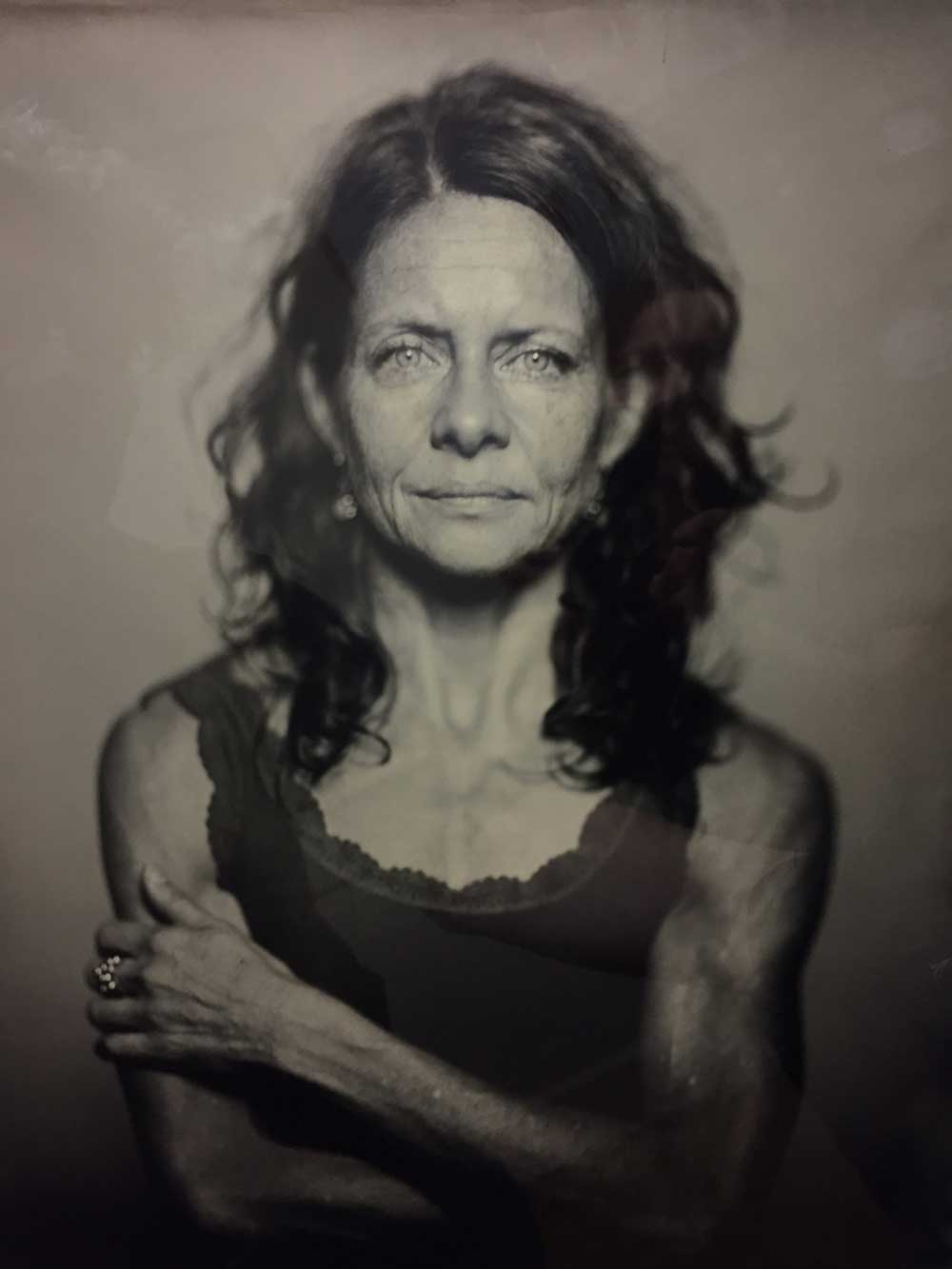With great excitement, we present on the cover of our print edition a captivating work by Susanne Middelberg, a photographer whose ability to capture vulnerability and beauty is unparalleled.
Her career, spanning from professional dance to photography and acting, has given her a unique understanding of human expression, a quality that shines through in each of her portraits. In this special interview, we delve into Middelberg’s artistic journey, exploring how her experience in dance has influenced her approach to portrait photography. Through this exclusive interview, we discover the stories behind her fascinating images and her technique for capturing moments of raw simplicity and authentic emotion, elements that make her work a perfect choice for the cover of our magazine. [Official Website]
How does your experience in dance influence the composition and technique you use in portrait photography?
My approach to visualizing an image is certainly influenced by my experience in dance and theater. My photography is theatrical. In my early work, the influence of theater decor and costumes was quite evident. This is still very present in my Wonder Woman series.
In technical terms, what aspects do you consider crucial when preparing for a portrait session?
Technology and content are intertwined for me. When I create a portrait, I first delve into who the person is. Afterward, I focus on what I want to convey about the person, what I want to tell with my portrait. This determines my choice of lighting.

According to a text I read about you, you seek ‘raw simplicity’ in your portraits. Could you explain what that means to you?
In my photography, I prefer the image and composition to be simple and clear, directing all attention to the person I am photographing. I prefer to eliminate anything unnecessary. The rawness lies in omitting elements that make the image too aesthetically polished; for instance, I do not retouch faces. Imperfections are not perceived as flaws.
How do you decide on the lighting and ambiance for your portrait sessions to highlight the unique characteristics of your subjects?
The choice of my lighting depends on what I want to convey about the person. I decide whether I need harsh or soft light, whether the atmosphere should be natural or theatrical, and whether the portrait should be mysterious or very open.
How do you select colors and textures in your portraits to complement the final image?
The choice of colors in my portraits must support the overall image. Primarily, it is crucial that the colors do not distract from the person but draw attention to them. If a specific color is to play a role in the image, I coordinate everything – clothing, background, props, makeup. In a Valentine’s photo, for example, I might decide that everything should be red. For a regular portrait without explicit context, I prefer colors to be subtle. The same goes for texture and attributes.
What is your approach to directing your subjects during a portrait session to capture their natural state? Can you share any specific techniques you use to emotionally connect with your subjects during a session?
I don’t have specific techniques to make someone appear natural in a photo. I believe that if I am natural, open, and myself, people will respond in kind. When talking to the people I photograph, I never ask them to feel or express anything specific because it wouldn’t be genuine. The only thing I do is give instructions about physical things. For example, if I see someone is tense, I might say, “You can drop your shoulder.” If someone looks too stern or tense, I ask, “Can you lower your chin a bit?” or “It can be softer.” Sometimes people don’t know how to interpret such instructions; then, it’s too abstract. But just thinking about it often brings about a change, enough to release tension.
What techniques do you use to capture the essence and personality of the people you photograph? And how do you handle the challenges that arise when working with subjects who are not accustomed to being photographed?
When photographing people, I try to make them feel relaxed. Many people find it exciting to be photographed. Anyone who is very tense or anxious is not themselves. I try to eliminate all fear and insecurity. I always tell people that they don’t need to do anything, just be there. That’s enough. I take care of the rest. Usually, I take enough shots initially to ensure I have a good portrait. Once I trust that someone can handle it, that they won’t be too shy, I sometimes let them improvise within limits and respond to what I see. If I notice someone is too tense, too static, and not loosening up, I try to address that anyways.
During post-production, how do you maintain the integrity and authenticity of the original image?
I don’t change much. Despite this, I spend a lot of time on post-processing. I usually shoot with low contrast to have a lot of information in my files. In post-processing, I increase the contrast and reduce saturation. The final step involves overlaying various black-and-white versions and combining them.
How do you stay up-to-date with current trends and new technologies in portrait photography?
I watch many tutorials from colleagues I respect. I also occasionally attend live workshops.
In your opinion, what technical or creative element is essential to achieve a striking and memorable portrait?
Personally, I am always fascinated when the lighting is beautiful. I am a light enthusiast. However, I believe that technique is not as important to make a portrait stand out or be good. In my view, a portrait is good when the photographer manages to evoke something in the viewer through the subject.
What advice would you give to emerging photographers looking to develop a unique style?
Take the photos you want to take. Don’t take photos you think might be successful. Don’t follow the current trends. Do what comes from within you.
To conclude, what projects or exhibitions do you have planned for the future?
I will continue with my portraits. I neglected my Wonder Woman series, and I want to pick that up.







